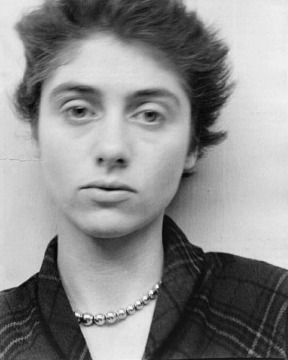Evolution of Portraiture
The portraits have existed for a very long time; it can be tracked to as early as Ancient Egypt, where portraits were painted on walls, that portrayed gods and pharaohs.Ancient Greeks and Romans have used sculpted form of portraits. They, as well as Ancient Egyptians, used portraits to display gods and key power personalities such as Caesars. They were also one of the first who started to depict portraits on coins; the tradition that carried over to our generation. Romans were also making busts, instead of a full sculpture, to concentrate mostly on facial features of a key personality. Portraits have been used not only to portray facial and physical appearance but to state power and status of a personality being portrayed.
During Renaissance portraits were mainly done to display royals, nobles and religious figures. The aim was to display personality and status of the sitter; where the sitter had control over the portrait, and was able to request changes of how the portrait looks.
The invention of a camera has changed the way the portraits are made. The control over portrait has shifted from the sitter to the portrait photographer; it means that the photographers have the freedom of taking portrait photographs in their own way and capturing what they wanted it to portray.
Diane Arbus
Diane Arbus was an American photographer, who captured 1950s -1960s America.
Diane began to take photographs in the early 1940s with her husband Allan, who introduced her to the photography. They were commercial advertising photographers, and had a business called "Diane & Allan Arbus". The photographs that they have done were published in the top magazines at that time, including Vogue, Glamour and Harper's Bazaar.
Despite all the success in the fashion world, Diane did not like it, and in the mid 1950s started to focus on her own photography. After Lisette Model's photography workshop, that gave her the inspiration to create her own style and method of taking the photographs.
Diane only took portraits of various individuals, with rare exceptions. Her desire was to capture authenticity. Arbus never asked her subjects to take and hold a specific pose, as fashion photographers do, she said, ”I work from awkwardness. By that I mean I don’t like to arrange things . . . If I stand in front of something, instead of arranging it, I arrange myself.”.
In late 1969, Diane was hired by Matthaei family to photograph them. She had a free rein over the family and the house, as well as a full control of what the photographs will portray. 322 photographs of the family , that Diane took, provide a good insight of her photographic strategies and intentions; especially the photographs of Marcella Matthaei. Arbus did not ask Marcella to smile or make any facial expression on purpose, instead Diane let Marcella to be herself, while Arbus arranged herself around Marcella and shot portraits of her. She captured what she was after, and not what the family would have wanted or expected her to capture.
In late 1969, Diane was hired by Matthaei family to photograph them. She had a free rein over the family and the house, as well as a full control of what the photographs will portray. 322 photographs of the family , that Diane took, provide a good insight of her photographic strategies and intentions; especially the photographs of Marcella Matthaei. Arbus did not ask Marcella to smile or make any facial expression on purpose, instead Diane let Marcella to be herself, while Arbus arranged herself around Marcella and shot portraits of her. She captured what she was after, and not what the family would have wanted or expected her to capture.
 |
| Marcella Matthaei photographed by Diane Arbus |


No comments:
Post a Comment